Market Share
pH Sensor Market Share Analysis
In the evolving landscape of the PH Sensor Market, companies deploy a variety of strategies to secure their market share and stand out amidst competition. One predominant strategy involves product differentiation, where companies focus on developing PH sensors with unique features or enhanced functionalities. These advancements could involve better precision, quicker reaction times, or compatibility with other materials. The goal of companies in presenting unique features is to capture clients who appreciate accuracy and enhanced capabilities on PH measurement systems.
Another significant strategy is cost leadership in the PH Sensor Market. Organizations aim at cost efficiency by improving manufacturing methods, bargaining profitable supplier contracts and limiting operational expenses. This allows them to offer PH sensors at affordable prices without compromising on quality. The aim is to gain a major market segment on the basis of customers who want reliable and affordable PH measurement options.
Market segmentation is one of the strategic approaches that involve companies customizing their PH sensors to match different customer needs. Since PH sensors are used in many areas like the agribusiness, medicine and environmental management industries; firms can design specific products for each sector. The targeted approach provides companies with an opportunity to meet the specialized needs of different industries hence making it easier for them to gain competitive advantages in certain field.
Cooperation and strategic partnerships are important in the PH Sensor Market. Companies partner with other entities to strengthen their market stand. Such partnerships may arise from collaborations with technology providers, integration into other sensing technologies or joint ventures between industry players and sensors solutions’ company. When companies share resources and knowledge, comprehensive PH sensing solutions can be created to satisfy a wider segment of customers thereby increasing their market position.
Innovation is driving force in market share positioning strategies between PH Sensor Market. Firms spend a lot of cash on research and development to remain competitive in technology. The constant development of sensor accuracy, reliability and user convenience is vital for drawing the attention of potential customers who are interested in innovative PH measurement systems. Thus, companies can constantly launch new and improved products to show that they are committed to innovation making them market leaders in PH sensors.
In PH Sensor Market, companies adopt the strategy of geographic expansion in order to capture a broader market base. With increasing global demand of PH sensing technology, it is possible for companies to strategically penetrate new markets or consolidate their position in the already established ones. Adapting products to meet local regulations and collaborating with regional partners are common tactics in expanding geographic reach. This strategy enables companies to tap into emerging markets and diversify their customer base, reducing dependence on specific regions.
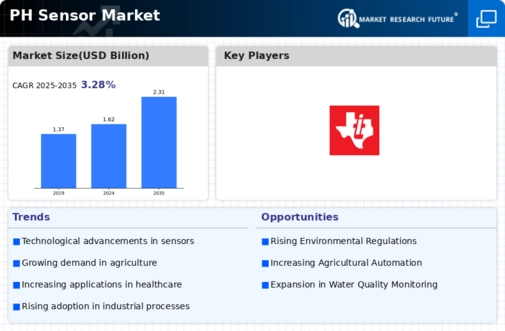
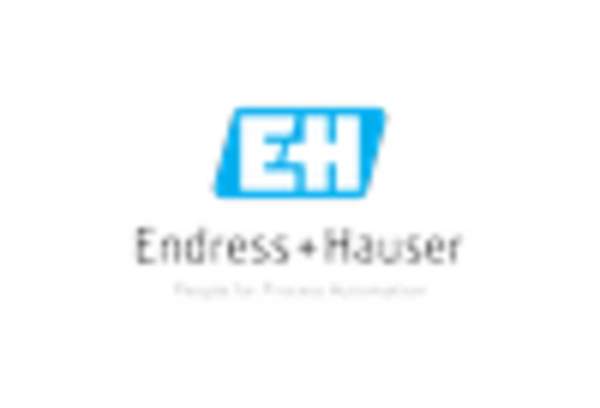
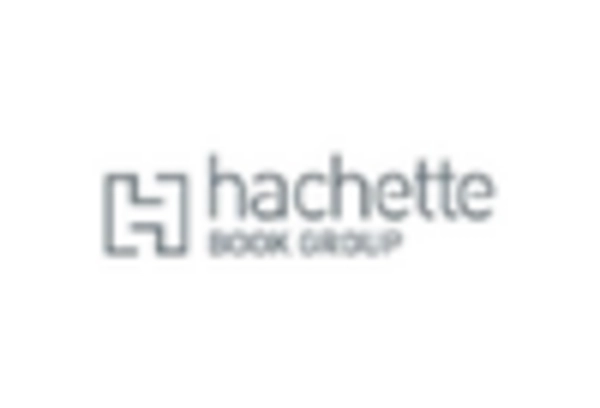

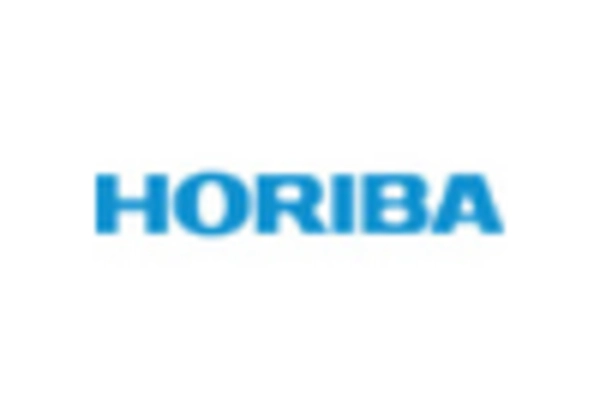
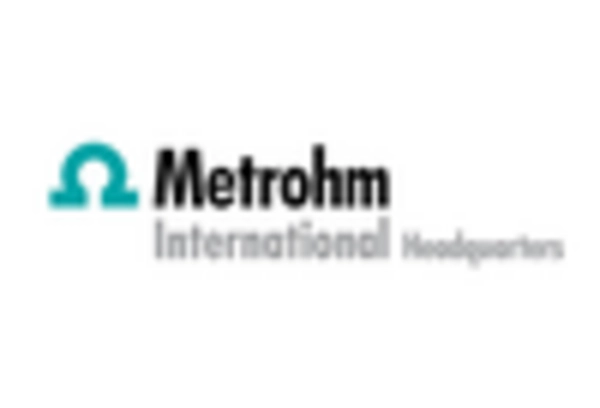
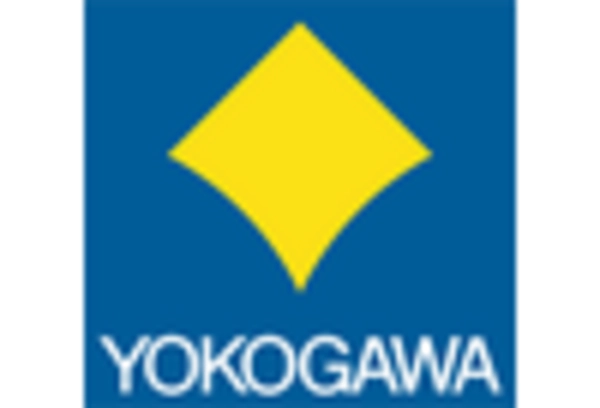









Leave a Comment